Thibaut Boissin
PhD - Deep Learning
About Me
I like when elegant math turns into elegant code.
I train models with unusual designs — for robustness, privacy, or just curiosity.
Building robust, explainable, and efficient deep learning systems — one gradient at a time.
On the side, I build robots that sometimes work and always try their best.
Current Status
Highlights & News
Research Projects

Faster Newton–Schulz for Muon-style Optimizers
Muon/Dion is a promising class of optimizers that maintain orthonormal parameter transforms to improve stability and generalization. At their core is the Newton–Schulz iteration used to compute (approximate) matrix sign for orthonormalization. This work aim to accelerate orthonormal updates used in Muon/Dion thank to 1) a hybrid scheme that converges in ~4 iterations via AOL rescaling, and 2) a Triton kernel reducing redundant memory reads. Early results show promising speedups up to 3x over plain pytorch.

Orthogonium: Improved implementations of orthogonal layers
From GANs to RNN and robust network, orthogonal layers are a powerful tool. This library aims to centralize, standardize and improve methods to build orthogonal layers, with a focus on convolutional layers . We noticed that a layer's implementation play a significant role in the final performance : a more efficient implementation allows larger networks and more training steps within the same compute budget. So our implementation differs from original papers in order to be faster, to consume less memory or be more flexible.
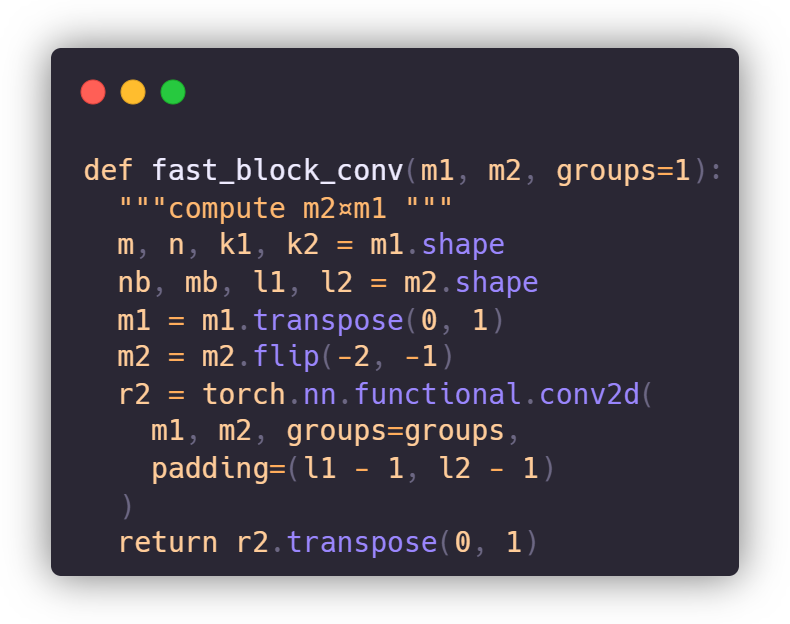
An Adaptive Orthogonal Convolution Scheme for Efficient and Flexible CNN Architectures
Did you know you can merge two consecutive convolutions directly from their kernels? 🔳 Block convolution makes it possible. And now large-scale orthogonal convolution is within reach: meet AOC, a scalable method that preserves stability with strides, dilations, transpose and group convs. It opens new design space for state-space models, adversarial robustness, normalizing flows, Lipschitz network and more.
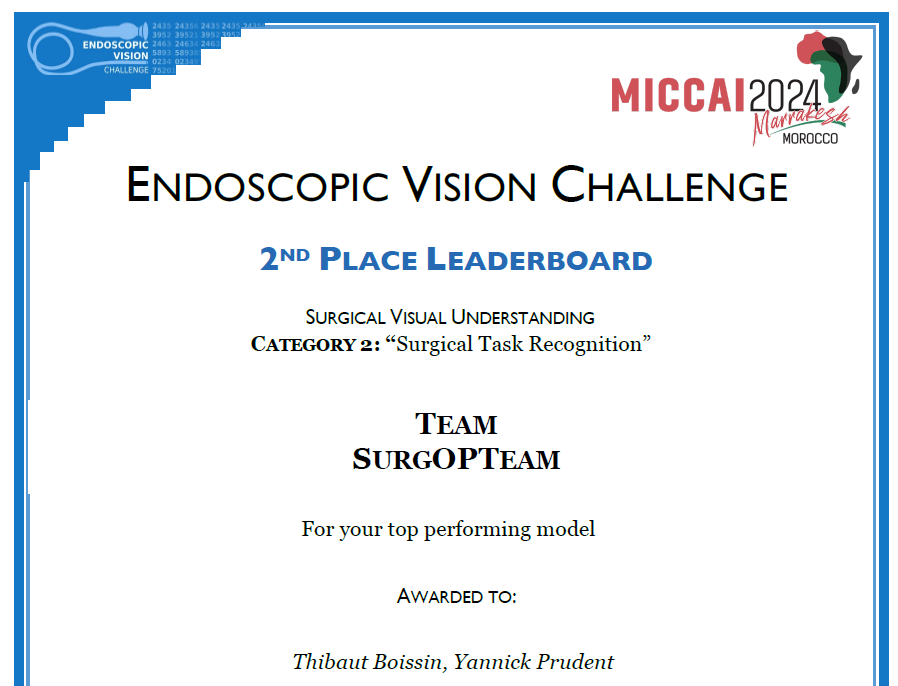
SurgVU - Surgical Visual Understanding
This challenge, part of the EndoVis event at MICCAI 2024 in Marrakesh, Morocco, invited the participant to develop machine learning models that can detect and track surgical context from endoscopic videos. Participants were tasked to segment videos into distinct surgical steps. This challenge demonstrated transformative potential for improving surgical performance assessments and optimizing operating room resource planning.
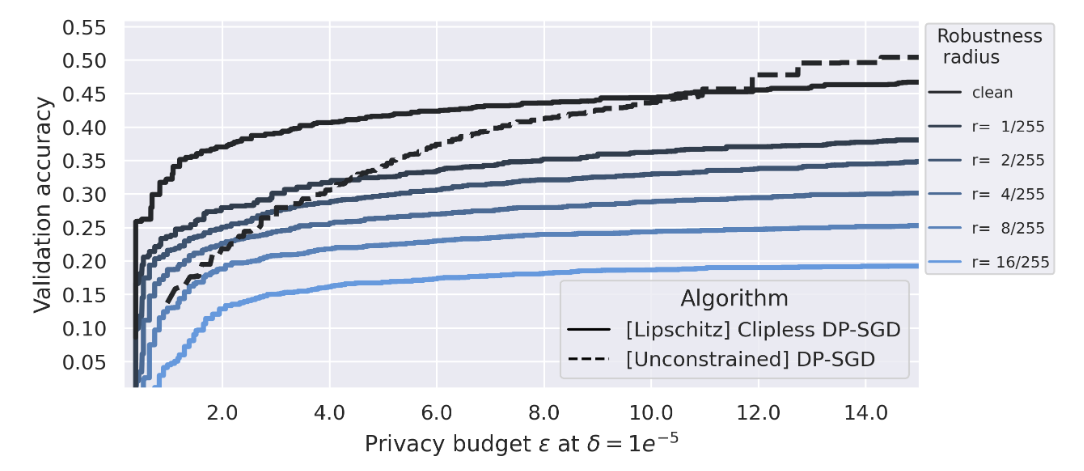
Dp-sgd without clipping: The Lipschitz Neural Network Way
This work introduces a novel approach to training Differentially Private Deep Neural Networks. By leveraging Lipschitz constrained networks instead of per-sample gradient clipping, the method provides tight sensitivity bounds, enhances gradient-to-noise ratios, and delivers privacy guarantees while reducing computational and memory costs.
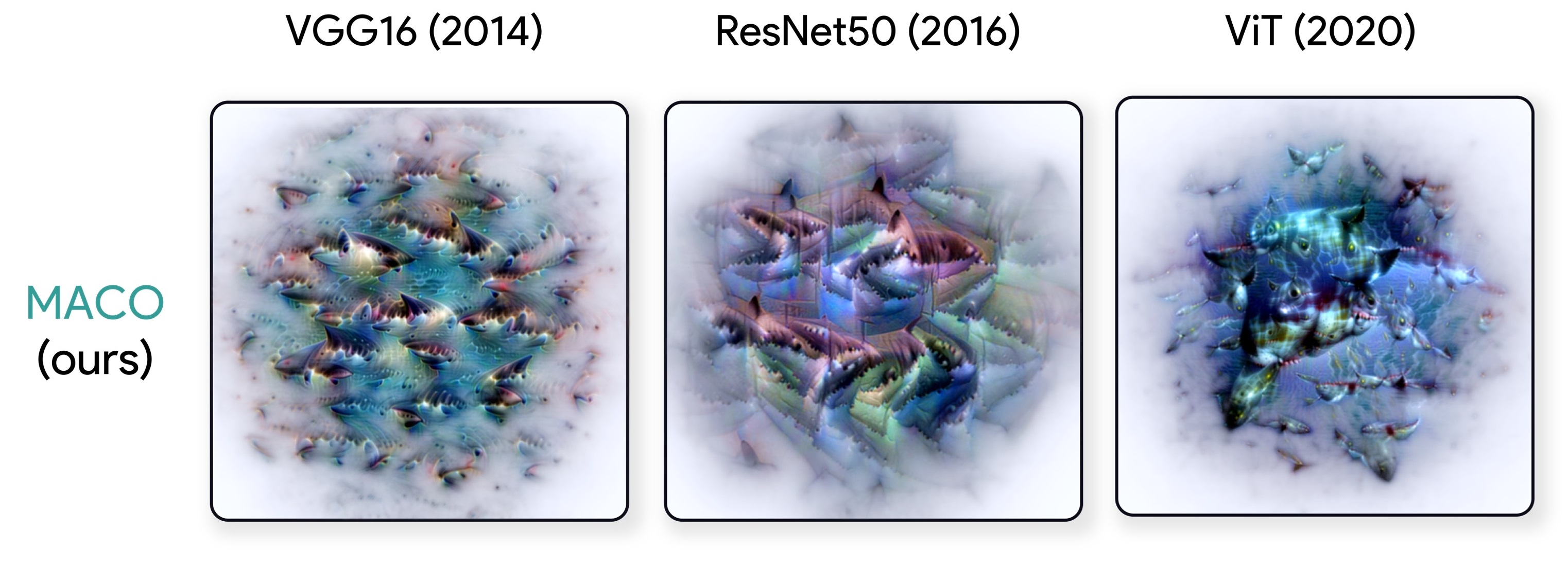
Unlocking Feature Visualization for Deep Networks
Introducing MACO—a novel approach that optimizes solely an image's phase spectrum while keeping its magnitude constant, ensuring the generated explanations lie in the space of natural images. This method unlocks efficient and interpretable feature visualizations for state-of-the-art neural networks, incorporates an attribution mechanism for spatial importance, and introduces new evaluation metrics: transferability, plausibility, and alignment with natural images.
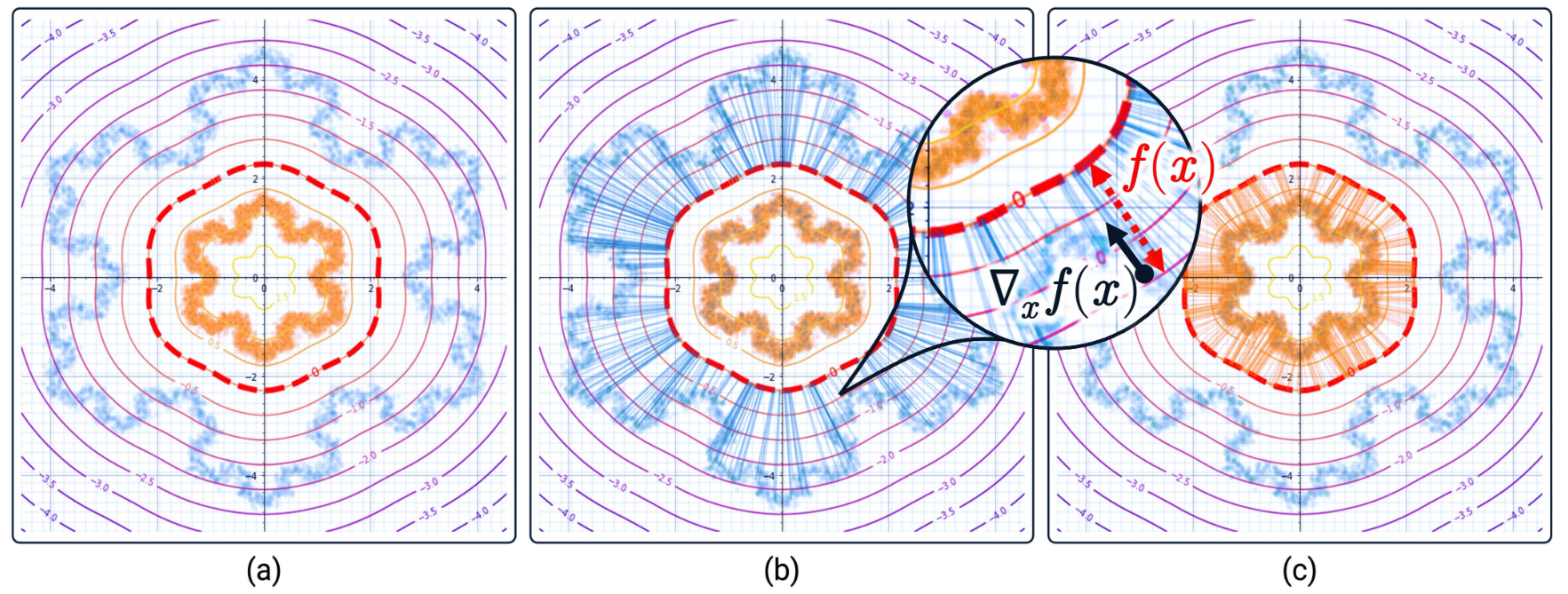
On the explainable properties of 1-Lipschitz Neural Networks: An Optimal Transport Perspective
This work explores the explainability of 1-Lipschitz neural networks trained with the dual loss of an optimal transportation problem. It demonstrates that the saliency maps generated by these networks are highly concentrated on essential image regions, exhibit low noise, and outperform state-of-the-art explanation methods. Moreover, the gradients provide insights into adversarial attacks and counterfactual explanations, aligning exceptionally well with human interpretations on ImageNet.
Personal Projects

Quadripod Robot
All the files to build a quadripod, including 3D models, PCB Eagle files, and ROS code. This project also features tutorials for installing ROS on a Raspberry Pi Zero and joystick-based teleoperation.
View Project →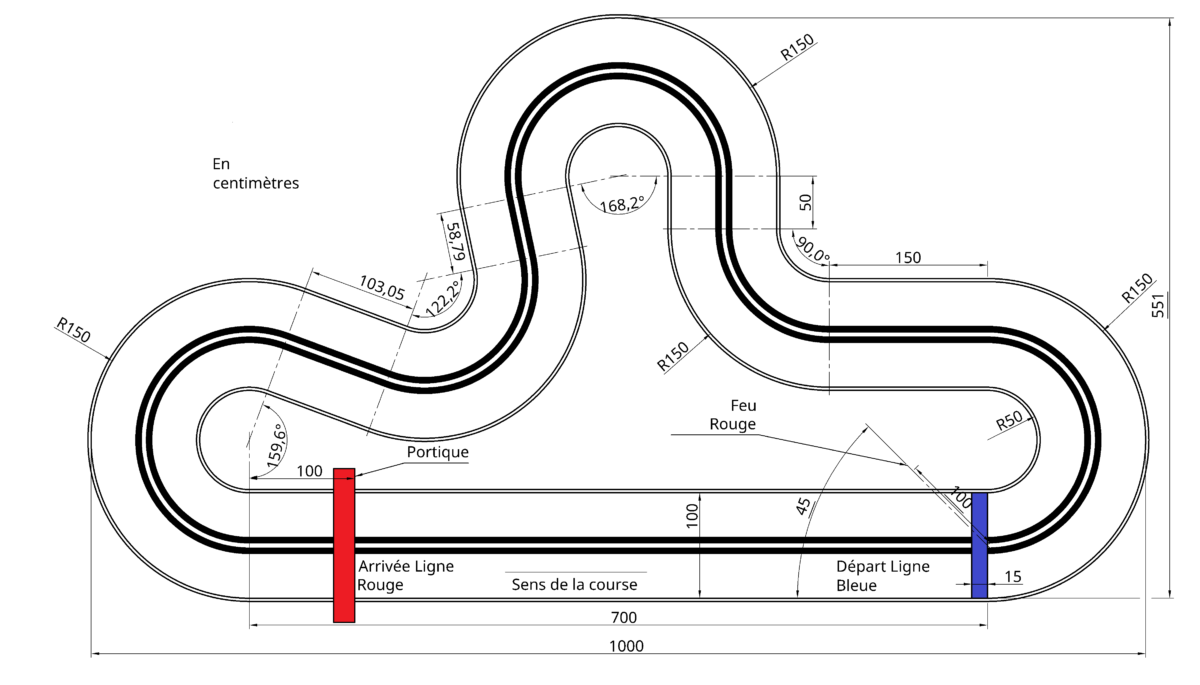
Toulouse Robot Race
The Toulouse Robot Race is a fun and friendly robotics competition where participants design and build small autonomous robots to complete various challenges. Robots race against time in a 25 meters circuit. Open to students, hobbyists, and professionals, the race is all about creativity, experimentation, and having a blast with robotics.
Gymnastics
I also perform Gymnastics at a national level. Even if I did not make it to the top, I am proud to still be able to compete at this level aside a demanding job. And the adventure keeps going!